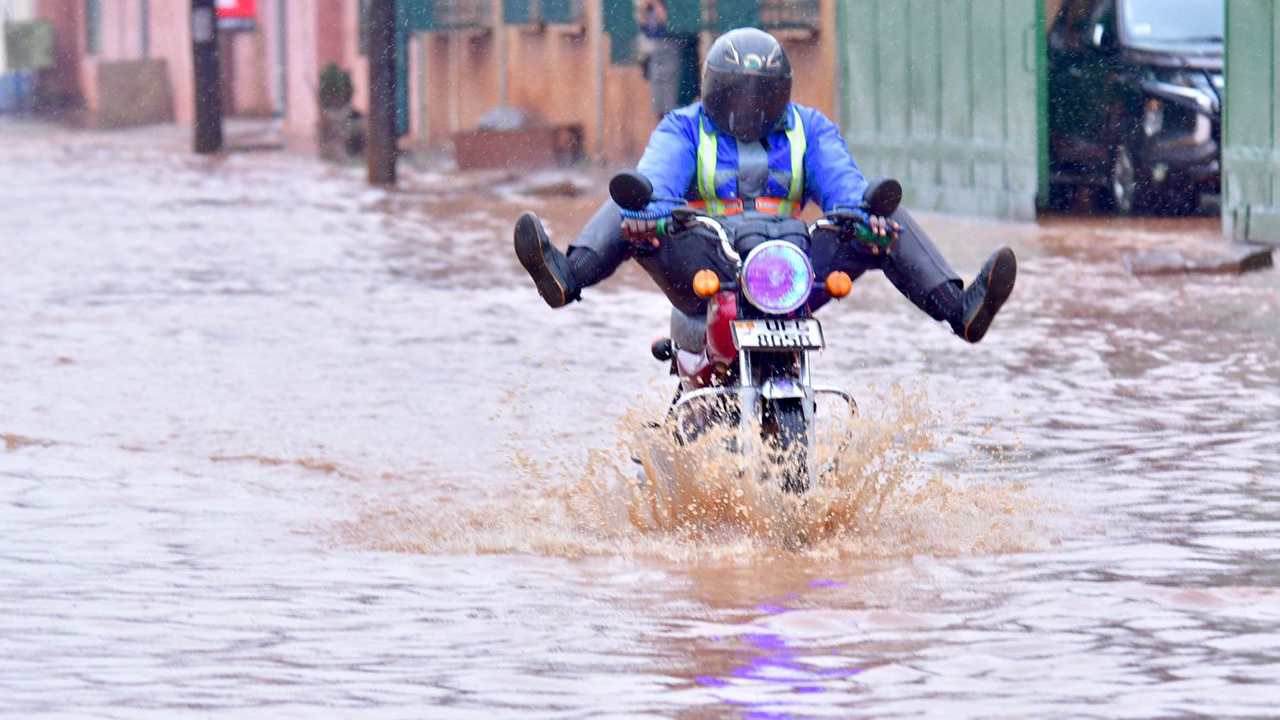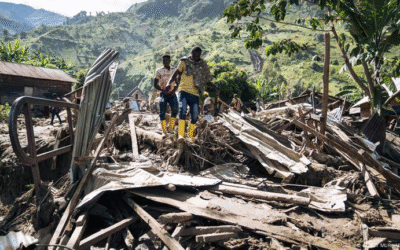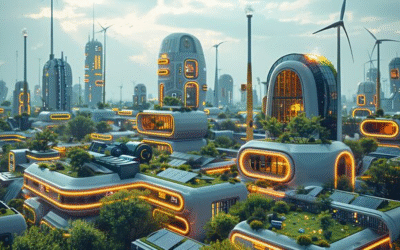There comes a moment in every city’s story when the weather stops being background noise and becomes the headline.
Floods don’t just wet the streets but wash away livelihoods.
For cities across Africa and beyond, that moment is now.
Climate change is no longer a distant threat; it’s the backdrop of our everyday lives.
But resilience is not found in technology alone. It grows in the quiet systems that connect people to the land, the green patches, flowing drains, shaded streets and collective wisdom of communities that refuse to give up.
When the Sky Falls, Who Suffers First?
Every flood has a geography of injustice.
It doesn’t hit everyone equally. Informal settlements, often built in low-lying valleys or reclaimed wetlands, bear the worst of it.
Why? Because the city stopped listening to nature. Wetlands became dumping grounds. Drainage systems became afterthoughts. The spaces that once absorbed nature’s rhythm now reject it.
Building climate-resilient cities begins with relearning respect for where water wants to flow, for trees that cool entire blocks, for wind that carries away heat.
Nature Is Infrastructure
We often think of “infrastructure” as concrete and steel. But the most powerful infrastructure is green.
A tree filters air better than most machines. Wetlands absorb stormwater faster than engineered tanks. Urban gardens cool their surroundings and feed their neighborhoods.
Lagos’ mangrove protections prove it: restoring ecology is planning. Nature is not decoration but a full defense system.
Small Systems, Big Impact
Resilience is not always grand policy but small, practical wisdom practiced daily.
- A school that harvests rainwater to irrigate its gardens.
- A neighborhood that composts waste instead of burning it.
- A market roof lined with solar panels instead of tin.
Each small act of care ripples outward forming a culture of sustainability from the ground up.
The Economics of Adaptation
Many policymakers still see “green” projects as expensive luxuries yet sustainability saves ten times more.
- A flood prevented is cheaper than a flood repaired.
- A shaded city spends less on cooling.
- Clean air reduces hospital bills.
Cities that invest in green resilience are not just saving the planet but reducing their expenses too.
The Culture of Care
Beyond systems and statistics lies something deeper — a culture of care.
A city becomes truly resilient when its citizens take pride in keeping it alive: cleaning drains, protecting trees, reporting illegal dumping.
Sustainability cannot be imported through consultants; it must be cultivated by communities who understand that resilience starts with them.
Reflection
A climate-resilient city is not one that never floods but one that learns, adapts and rises again.
It’s a city that remembers that every drop of rain, every gust of wind and every patch of green is part of its anatomy.
If we design cities that breathe — that sweat, shade and self-heal then maybe we will finally live in places that are not just sustainable, but alive.




